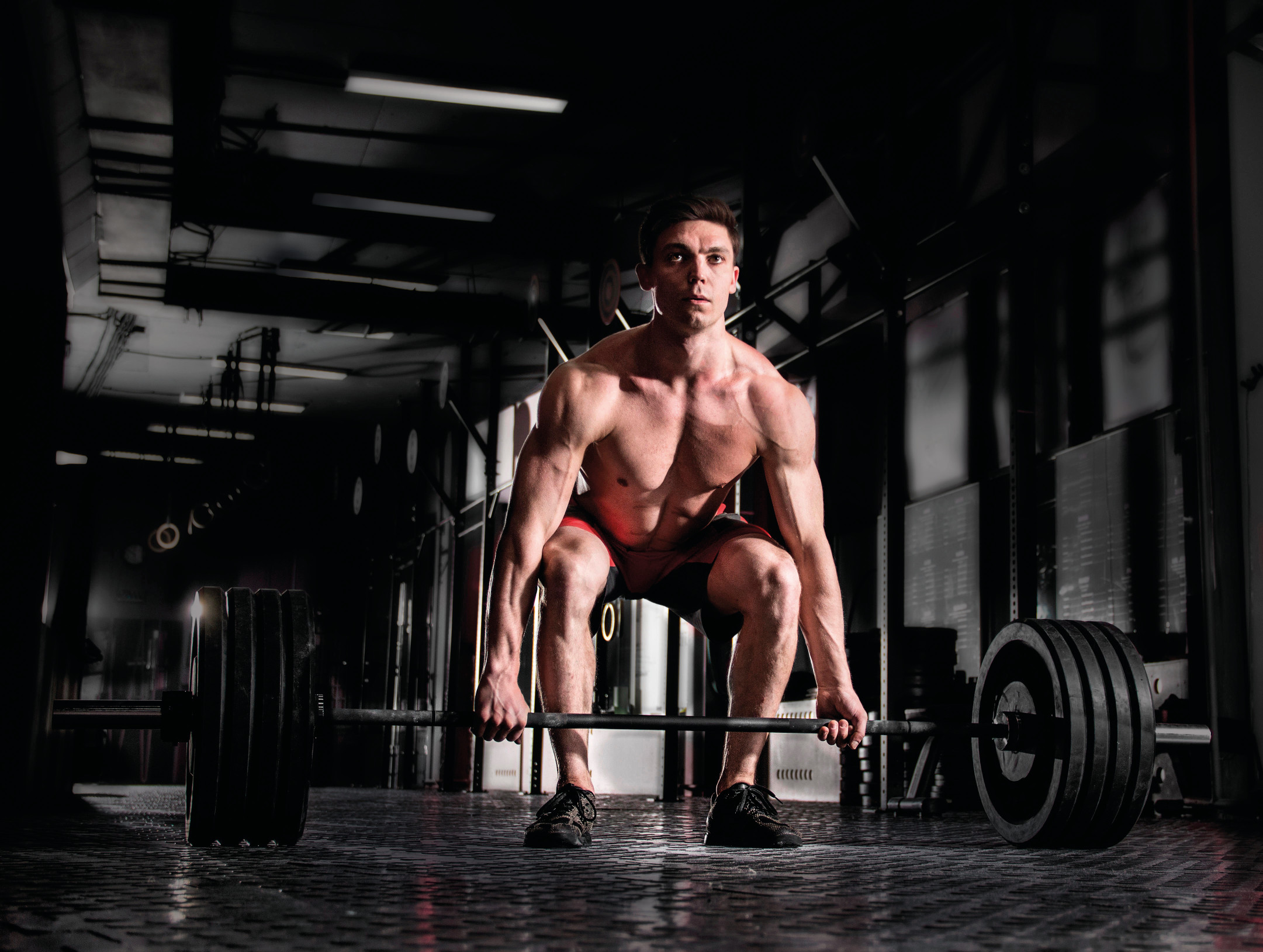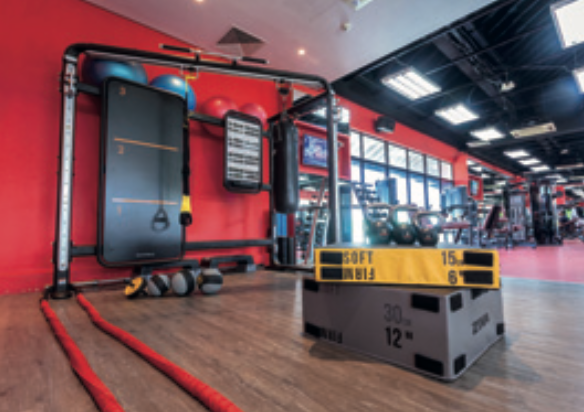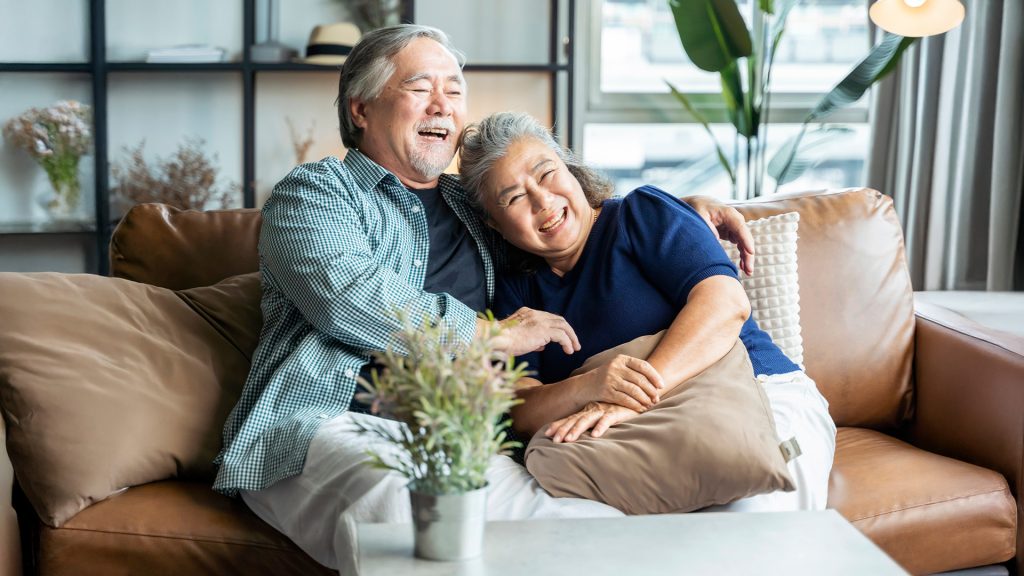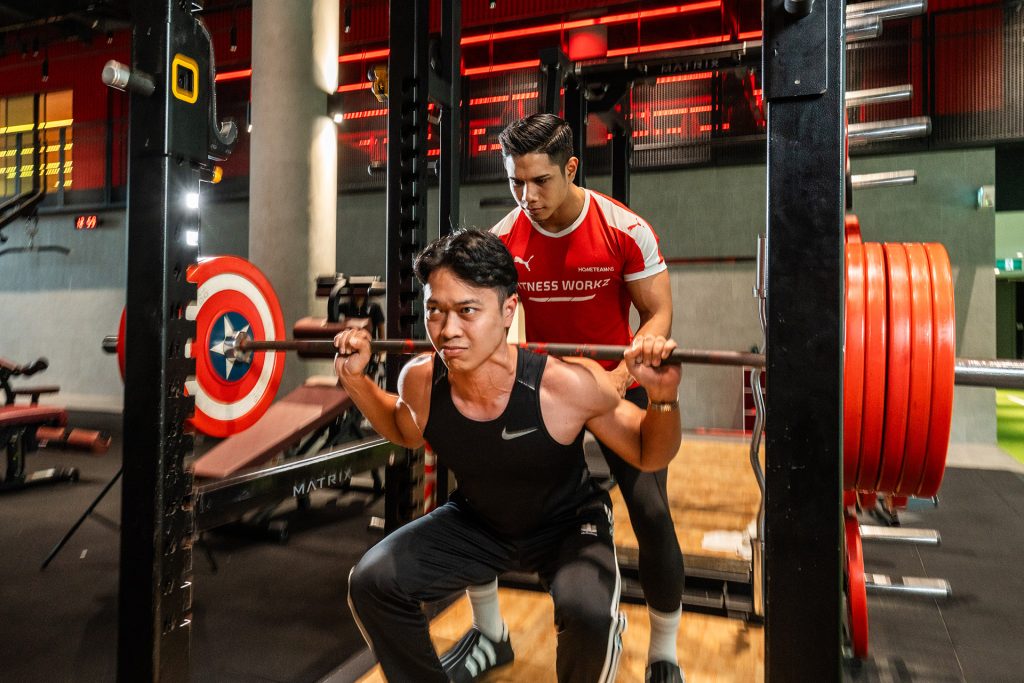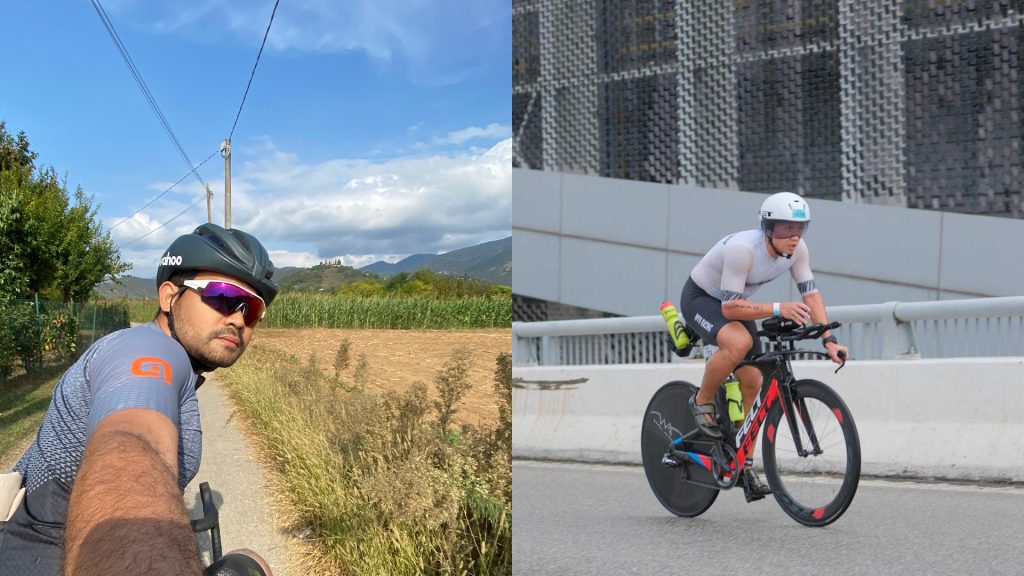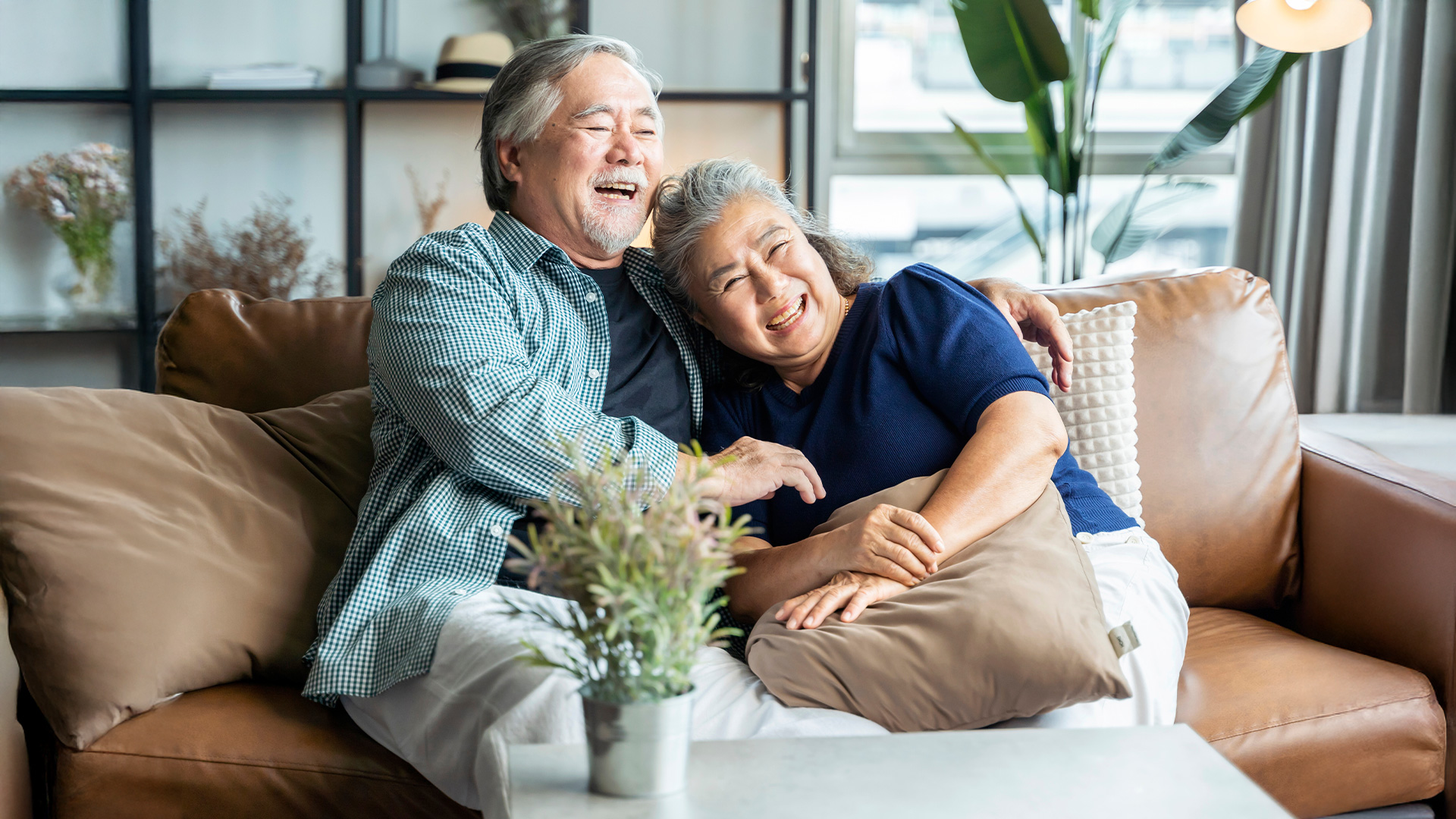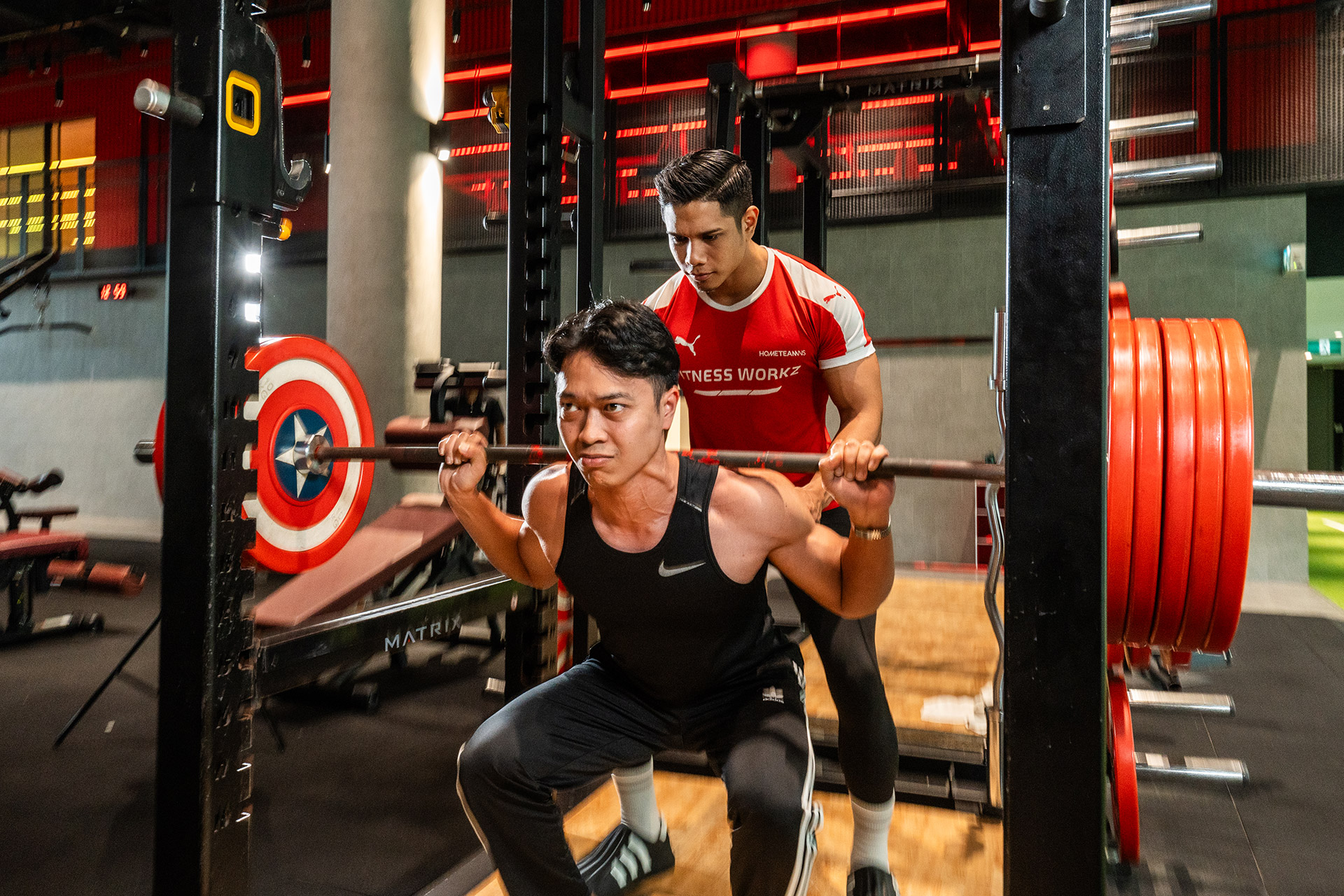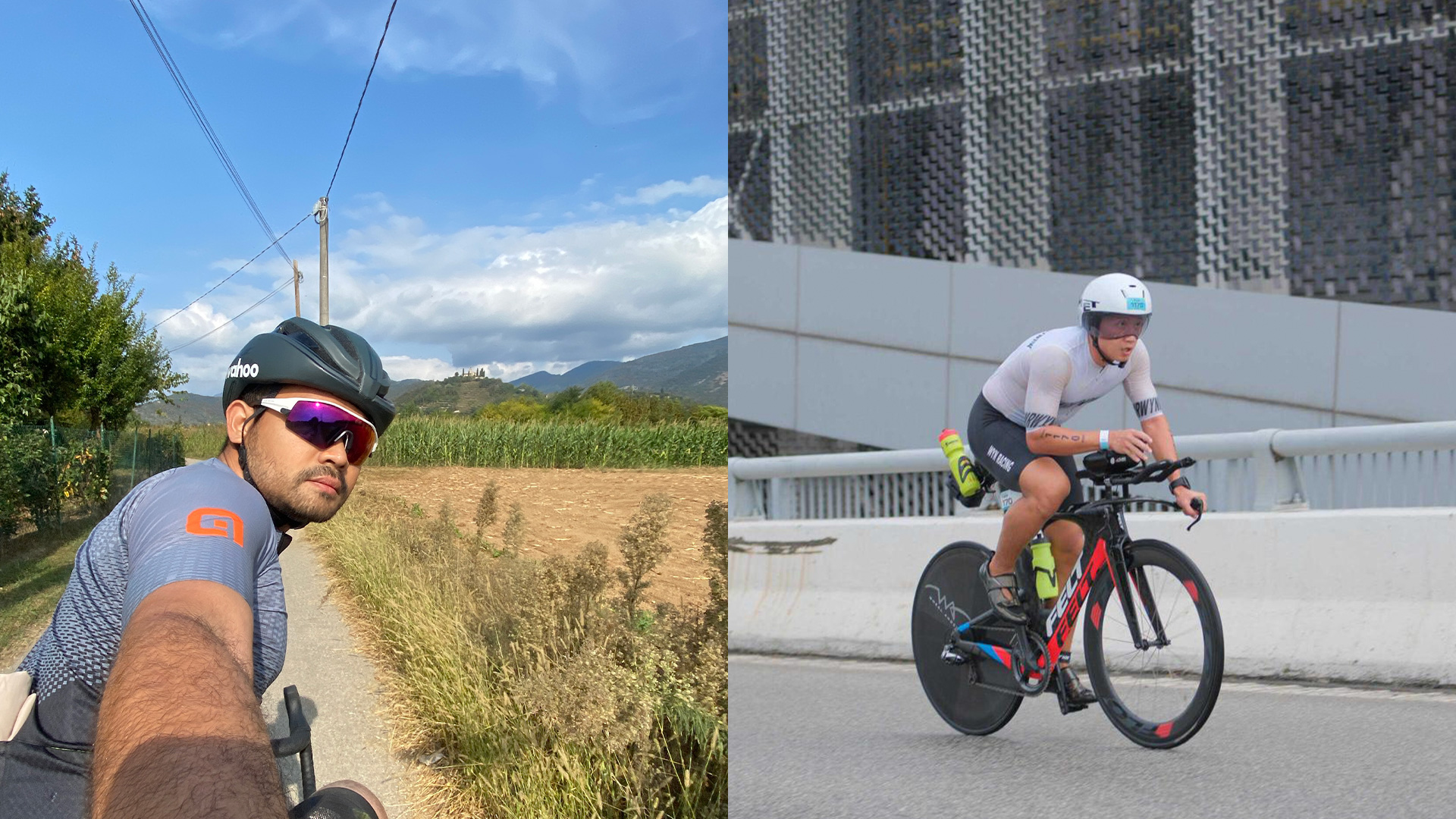TEXT: JARED LEE
PHOTO: TPG.CLICKPHOTOS
SHOULDERS
These must be relaxed and in front of the bar during set-up. This puts your shoulder blades above the mid-foot and bar, which prevent your knees from knocking the bar on your way up. Remember not to squeeze your shoulder blades; contract your lats instead – pretend you are squeezing oranges under your armpits.
ARMS
Must be shoulder-width, vertical to the floor when looking from the front and inclined when looking from the side. Keep arms straight, and never pull with bent arms or you might risk injury to the biceps and elbows. Use a low-hand grip by holding the bar closer to your fingers, not in the middle of your palm, to reduce pain in the hands.
SHINS
The bar must stay in contact with your legs when you lift, to protect your lower back. The bar should start against your shins during the set-up, and then almost be rolling over the shins and thighs to the top. Wear long socks to protect the shins
NECK
Deadlift with your neck neutral. Do not look up or at your feet. Look at a point on the floor in front of you instead, so that you’ll have a straight line from the top of your head to your hips throughout the movement.
BACK
No overarching or bending to prevent injury. If you tend to over-arch, contract your abs to maintain a neutral spine. Remember: Your back doesn’t lift the weight; it just keeps your spine neutral while your legs do the work.
HIPS
Set up with the bar over your mid-foot, arms straight with a low-hand grip, knees bent until your shins touch the bar. Raise your chest in this position and your hips will be exactly where they should be. When doing the move, raise your hips and chest at the same time by pushing your feet through the floor.
FEET
Must be hip-width apart. Set up with the bar over the middle of your feet for better balance when you pull the weight up. Keep toes pointing about 15 degrees out. This makes it easier to push your knees out, which helps in engaging your groin muscles to deadlift more weight.

